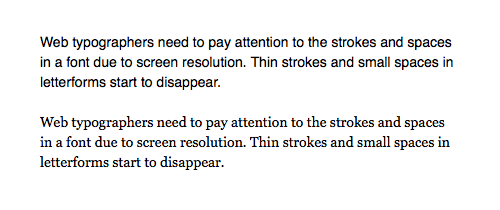

The default user interface monospace font. The default user interface sans-serif font. Because typographic traditions vary widely across the world, this generic is provided for typefaces that don't map cleanly into the other generics. Glyphs are taken from the default user interface font on a given platform. fantasyįantasy fonts are primarily decorative fonts that contain playful representations of characters.įor example: Papyrus, Herculanum, Party LET, Curlz MT, Harrington, fantasy.

The glyphs are partially or completely connected, and the result looks more like handwritten pen or brush writing than printed letterwork.įor example: Brush Script MT, Brush Script Std, Lucida Calligraphy, Lucida Handwriting, Apple Chancery, cursive. Glyphs in cursive fonts generally have either joining strokes or other cursive characteristics beyond those of italic typefaces. monospaceįor example: Fira Mono, DejaVu Sans Mono, Menlo, Consolas, Liberation Mono, Monaco, Lucida Console, monospace. Glyphs have stroke endings that are plain.įor example: Open Sans, Fira Sans, Lucida Sans, Lucida Sans Unicode, Trebuchet MS, Liberation Sans, Nimbus Sans L, sans-serif. Glyphs have finishing strokes, flared or tapering ends, or have actual serifed endings.įor example: Lucida Bright, Lucida Fax, Palatino, Palatino Linotype, Palladio, URW Palladio, serif. The following keywords are defined: serif A generic font family should be the last item in the list of font family names. Generic family names are keywords and must not be quoted. Generic font families are a fallback mechanism, a means of preserving some of the style sheet author's intent when none of the specified fonts are available. Font family names containing whitespace should be quoted. For example, "Times" and "Helvetica" are font families. When a font is only available in some styles, variants, or sizes, those properties may also influence which font family is chosen. Rather, font selection is done one character at a time, so that if an available font does not have a glyph for a needed character, the latter fonts are tried. Font selection does not stop at the first font in the list that is on the user's system. The font-family property specifies a list of fonts, from highest priority to lowest. This lets the browser select an acceptable fallback font when necessary.

You should always include at least one generic family name in a font-family list, since there's no guarantee that any given font is available. It is often convenient to use the shorthand property font to set font-size and other font related properties all at once. The browser will select the first font in the list that is installed or that can be downloaded using a at-rule. Values are separated by commas to indicate that they are alternatives. There are exceptions for the title page, section labels, abstract, block quotations, headings, tables and figures, reference list, and appendices.The font-family CSS property specifies a prioritized list of one or more font family names and/or generic family names for the selected element. Do not use the space bar to create indentation. Use the tab key or the automatic paragraph-formatting function of your word-processing program to achieve the indentation (the default setting is likely already 0.5 in.). Indent the first line of each paragraph of text 0.5 in. However, it is acceptable if your word-processing program automatically inserts breaks in long hyperlinks (such as in a DOI or URL in a reference list entry). Do not insert hyphens (manual breaks) in words at the end of line.
#GEORGIA FONT SIZE 11 FULL#


 0 kommentar(er)
0 kommentar(er)
